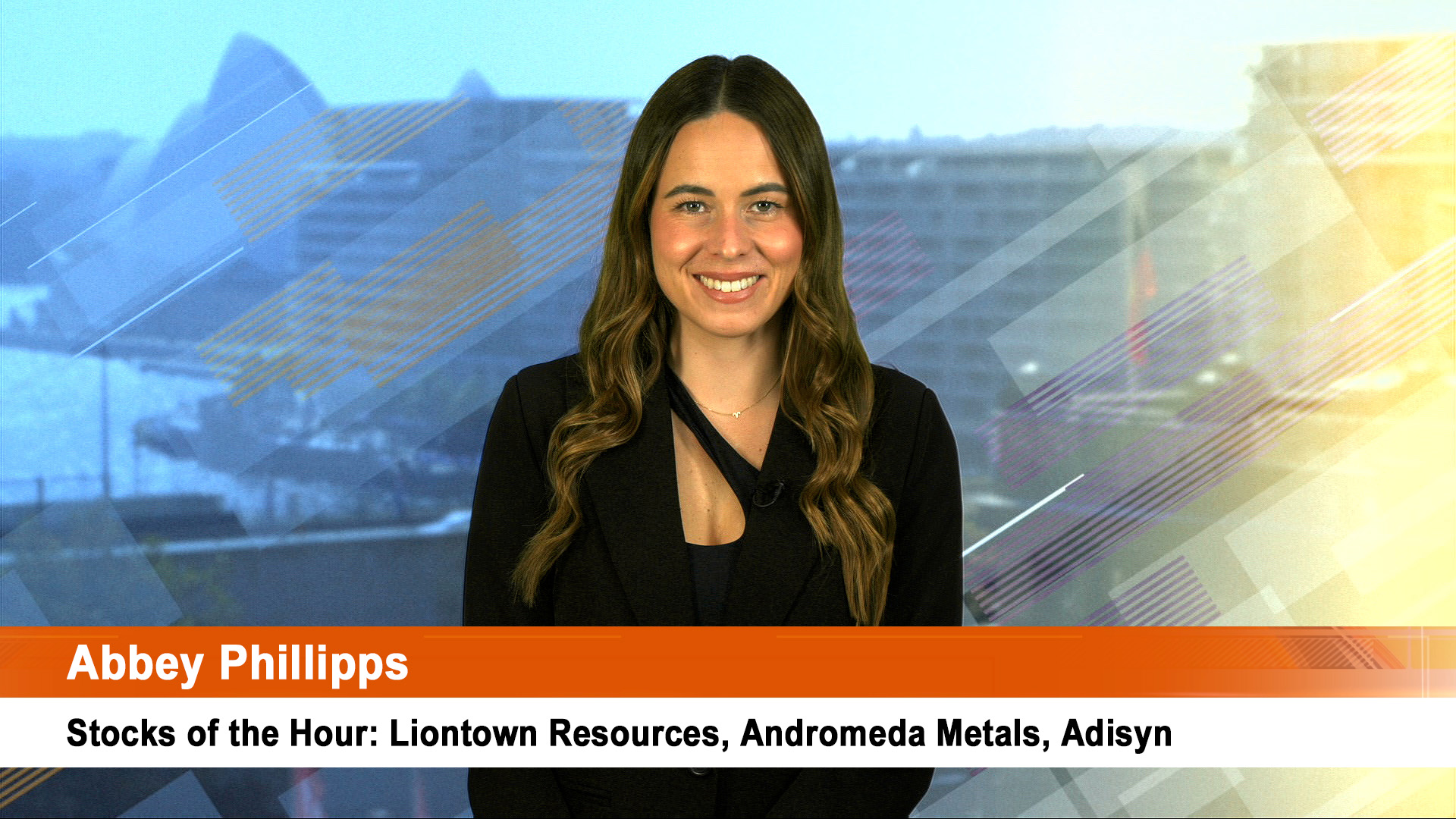A weak week for the US dollar and it helped commodities end on a solid note generally.
Oil, gold, copper, iron ore all rose, but wheat futures eased despite a worsening drought across much of Europe, the northern US and parts of Australia.
Iron ore prices dipped below $US69 per tonne (on a cfr basis delivered to northern China) on Friday despite active trading at Chinese ports ahead of the weekend.
The Metal Bulletin’s 62% iron oxide iron ore index fell back $US68.73 per tonne delivered to Qingdao in northern china, a fall of 2.1% or $US1.47 tonne. But that was stil up 2.3% on the week before’s close of $US67.14. Prices topped $US70 a tonne for two days last week.
Oil prices though surged by 8% last week – the largest weely rise since early December, with prices getting a lift from renewed production-curb commitments from OPEC members as well as uncertainty in Venezuela and problems in Nigeria.
Traders showed little reaction as data Friday on the latest number of active US oil rigs revealed a modest increase for the week after falls in two of the preceding three weeks.
September West Texas Intermediate crude rose 67 cents, or 1.4%, to settle at $US49.71 a barrel in New York—the highest finish for a most-active contract since May 26, according to FactSet.
It ended about 8.6% higher for the week.
In London Brent crude for September which expires at tonight’s settlement, added $US1.03, or 2%, to settle at $US52.52 a barrel, with prices up around 9.3% for the week.
Both contracts saw their biggest weekly percentage gains for a most-active contract since early December.
Another fall in US stocks and a drop in US production helped bolster confidence.
Baker Hughes reported that a small rise of 2 in the number of rigs looking for oil last week. That pushed them up to 766 after drop of one the week before.
The total active US rig count, which includes oil and natural-gas rigs, was also up 8 at 958.
Production eased by 19.000 barrels a day to 9.410 million a day, still up 895,000 on a year earlier. US stocks fell a large 7.2 million barrels to 483 million barrels.
US copper prices took a break on Friday, retreating from their highest settlement in 26 months after prices on the London metal Exchange edged higher.
Comex copper futures still ended at the highest level since since May 2015 as September copper futures eased by less than half a cent at $US2.875 a pound—up about 5.6% for the week.
Three months LME copper futures finished at $US6,54 a pound on Friday night, thanks to continuing speculation of a Chinese ban on scrap containing copper which helped drive last week’s rally.
Also helping was more talk from the Philippines about a cut to exports of copper and nickel concentrates and more processing to boost shipments of refined metal. LME nickel closed around $S10.212 a tonne, up more than 4% for the week.
Gold prices notched up a solid weekly gain on Friday as the US dollar ended with losses for the week.
Traders ignored the first estimate of second quarter GDP which showed an annual rise of 2.6%, up from the revised 1.2% for the first quarter. Anther missile test by North Korea caused a temporary flurry, but by the close investors were looking to next week’s US jobs report for July.
Comex August gold rose $US8.40, or 0.7%, to settle at $US1,268.40 an ounce on Friday, the highest settlement in six weeks, according to US data group, FactSet.
Gold rose 1.1% for the week, the third weekly gain in a row.
Higher rates tend to push the dollar higher, nicking gold prices, and cutting demand for precious metals, which don’t offer a yield, in favour of assets that do.
Among other metals on Comex, September silver futures climbed 12.2 cents, or 0.7%, to $US16.695 an ounce. It was up about 1.5% for the week.
And US wheat futures ended at $US4.81 a bushel, down slightly from the week before.













